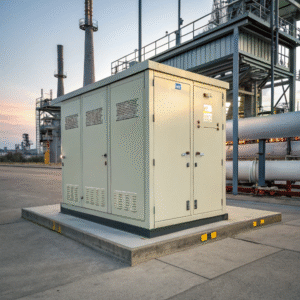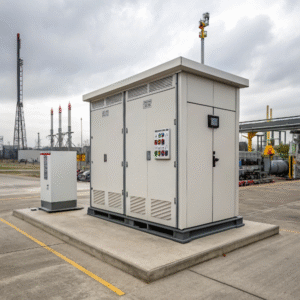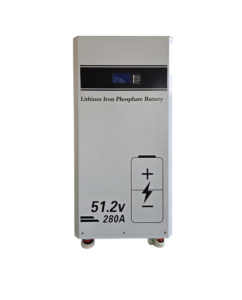How Does a Solar Panel Work With an Inverter?
by
How Does a Solar Panel Work With an Inverter?
Ever wondered how sunlight hitting your roof gets converted into usable electricity for your home? The secret lies in the partnership between solar panels and inverters.
Solar panels produce DC electricity which inverters convert to AC power for home use. The inverter synchronizes with the grid, maximizes power output through MPPT tracking, and provides system monitoring. Without an inverter, solar energy couldn't power standard appliances.
Transition Paragraph:
Now that we understand the basic relationship, let's explore some common questions about solar inverters.
What Fails in a Solar Inverter?
Solar inverters work constantly, and like any electronic device, they can develop problems over time. Knowing what typically fails can help you maintain your system better.
The most common inverter failures involve capacitors (40% of failures), cooling fans (25%), circuit boards (20%), and display/communication components (15%). Environmental factors like heat and moisture accelerate these failures.
Detailed Inverter Failure Analysis
| Component | Failure Rate | Symptoms | Average Lifespan | Prevention Tips |
|---|---|---|---|---|
| Capacitors | 40% | Humming noise, power fluctuations | 7-10 years | Keep inverter cool |
| Cooling Fans | 25% | Overheating, shutdowns | 5-7 years | Regular cleaning |
| Circuit Boards | 20% | Complete failure, error codes | 10-15 years | Surge protection |
| Displays | 15% | No readout, communication loss | 8-12 years | Avoid direct sunlight |
Key maintenance practices:
- Clean air vents quarterly
- Check for error messages monthly
- Monitor performance data
- Ensure proper ventilation
- Schedule professional inspections
Is It Better to Have an Inverter for Each Solar Panel?
Microinverters vs string inverters - which configuration works best for your solar installation? The answer depends on several factors.
Microinverters (one per panel) optimize each panel's output and provide redundancy, while string inverters are more cost-effective for simple installations. Microinverters increase harvest by 5-25% in shaded conditions but cost 15-30% more overall.
Comparison: Microinverters vs String Inverters
| Feature | Microinverters | String Inverters |
|---|---|---|
| Cost | Higher ($0.20-$0.30/W) | Lower ($0.10-$0.15/W) |
| Efficiency | 95-97% | 96-98% |
| Shade Tolerance | Excellent | Poor |
| Monitoring | Panel-level | System-level |
| Lifespan | 25 years | 10-15 years |
| Installation | More complex | Simpler |
| Expandability | Easy | Limited |
Best applications:
- Microinverters: Complex roofs, shading issues, expansion plans
- String inverters: Simple roofs, full sun exposure, budget projects
What Happens If You Connect Too Many Solar Panels to an Inverter?
Overloading your inverter might seem like a way to get more power, but it comes with significant risks and limitations.
Connecting too many panels to an inverter causes clipping (power loss) when production exceeds capacity. While 10-20% overpaneling is common, exceeding 30% can damage components and void warranties. Proper sizing ensures optimal performance.
Overpaneling Effects and Guidelines
| Overpaneling % | Effect | Recommendation |
|---|---|---|
| 0-10% | Minimal clipping | Ideal for most systems |
| 10-20% | Moderate clipping | Acceptable for morning/evening boost |
| 20-30% | Significant clipping | Only with specific inverter designs |
| 30%+ | Potential damage | Avoid - risk of overheating |
Technical considerations:
- DC/AC ratio typically 1.1-1.3:1
- Voltage must stay within inverter limits
- Current capacity cannot be exceeded
- Temperature affects performance
- Warranty requirements vary by manufacturer
Conclusion
Solar inverters are essential for converting and optimizing solar energy. Understanding their operation, failure points, and configuration options helps maximize system performance and longevity. Proper sizing and maintenance ensure reliable renewable energy for years to come.
You may also be interested in:



